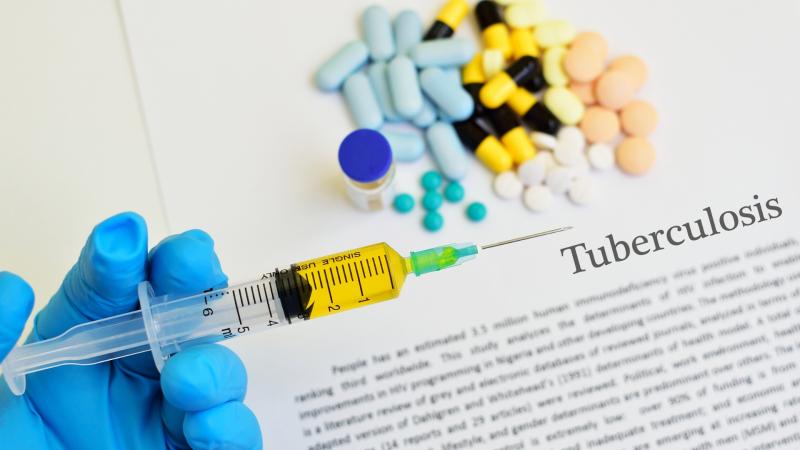
Amidst the ongoing novel coronavirus disease (COVID-19) pandemic, the need for devices that can rapidly detect and diagnose diseases is evident. Tuberculosis is another infectious disease that affects ten million people every year and kills more people than any other infectious disease. The unavailability of quicker and cheaper diagnostic techniques is often linked to the high mortality of the disease.
In a recent study, researchers at the Indian Institute of Science (IISc), Bengaluru, and Christian Medical College, Vellore, have developed a novel, inexpensive and easy-to-use device to detect tuberculosis. The study, published in the journal Scientific Reports, was funded by the Department of Biotechnology (DBT), Science and Engineering Research Board (SERB), Ministry of Human Resource and Development (MHRD) and IISc.
Commonly used tests to detect Mycobacterium tuberculosis (Mtb) — the bacterium that causes tuberculosis — are tedious and take about 6 to 8 weeks to diagnose. Recently, a DNA-based technique, called nucleic acid amplification tests (NAATs), has become popular. In this technique, specific chemicals, added to test samples, direct the gene sequences present only in the bacteria to produce more copies. If such extra copies are detected, the patient is diagnosed with tuberculosis. Many organisations and disease diagnostic companies, including the World Health Organisation, are supporting the research on developing NAAT-based TB diagnostic tests. Such tests have been used recently to detect infectious diseases such as malaria, influenza and ebola.
However, the test kits developed so far require sophisticated instruments and trained professionals, limiting their widespread adoption. Hence, there is a demand for inexpensive and user-friendly diagnostic techniques. Besides, studies on the application of paper-based NAATs for TB diagnosis are limited.
In the current study, the researchers have developed a device called FLIPP-NAAT — short for fluorescent isothermal paper-and-plastic NAAT. It measures about 8 centimetres in length and can conduct 12 nucleic acid amplification reactions at a time. The total cost of the materials required to fabricate the device and the chemicals used in the test is less than a hundred rupees.

Layer-by-layer assembly of FLIPP-NAAT device (Image Credits: Dr Bhushan J. Toley)
For the test, sputum — phlegm from the lungs — is collected from the patients. Then three samples are prepared for the test. One contains the genomic DNA (gDNA) extracted from the patient’s sputum. Another includes the gDNA of the bacteria, which will be used as a reference for a positive result. The third sample, without any gDNA, is used as a reference for a negative outcome. All three samples are then mixed with certain chemicals and added to the FLIPP-NAAT device and heated in an incubator. This process leads to the amplification of the hspX gene which is present exclusively in the bacteria.
After incubation, a green fluorescent dye which can bind to DNA is added to the samples. When exposed to ultraviolet light, the samples containing the copies of hspX gene emit green fluorescence, indicating that the sample has tested positive for tuberculosis. The intensity of the fluorescence will be higher when the copies of the amplified gene are more. The emitted fluorescence can be captured through a smartphone camera.
The researchers tested 30 clinical sputum samples with their FLIPP-NAAT device, out of which 19 contained Mtb. They found that their device reported 100% sensitivity with no false negatives, where the diagnostic test shows negative even if the disease is present. It also had a specificity of 68.75%, with five false positives among 11 TB negative samples. In diagnostic results, false negatives have far more severe implications than false positives.
“To the best of our knowledge, this is the first demonstration of a paper-based NAAT for TB starting from gDNA as the template,” say the researchers.
It has the potential to become a rapid, inexpensive and user-friendly method to detect TB and help save millions of lives in low- and middle-income countries like India. The researchers also plan to use such a device to detect mosquito-borne viral diseases.
“Right now, our primary focus is to improve its specificity and shelf life. Later, we plan to conduct a larger clinical study,” signs off Dr Bhushan J. Toley from IISc and the corresponding author of the study.
This article has been run past the researchers, whose work is covered, to ensure accuracy.






